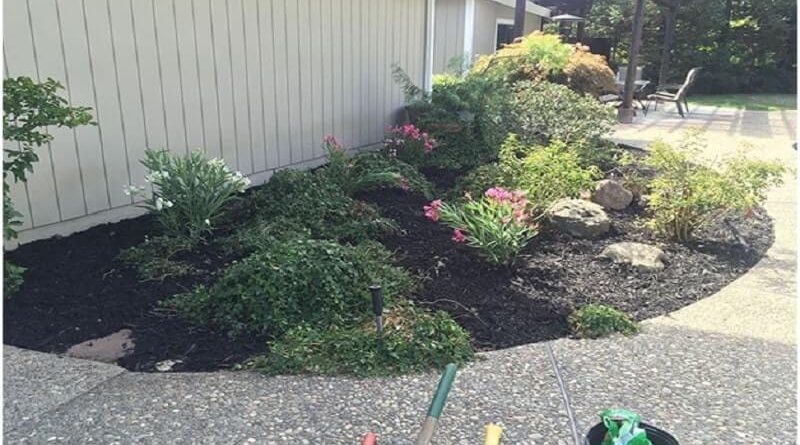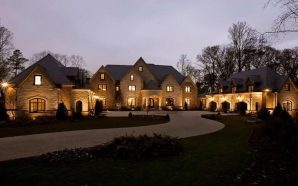The principles of design are strategies that can help move the generalizations of landscaping ideas to specifics. It encompasses eight aspects that many landscaping services provide with proper consideration and help structure be centralized, cohesive, and excellent.
Eight basic principles impact how the design feels. These principles have no particular arrangement or structure. They can each be crucial or not apply at all depending on the condition. They are common themes and simple to comprehend. When you understand and use it once, their influence will significantly refine any sustainable landscape layout.
An outstanding landscape design lies in the sight of the artist. And these fundamental principles of landscape design will boost your creativeness and assure that the components in your plan have balance and conformity.
1. Unity
Unity in landscaping is the consistency and repetition of a design. Repetition is used to bring harmony to your layout by repeating components that comprise decor and plants in the landscape. To unite, consistency is used by setting various landscape components together to give rise to a comment theme.
2. Balance
Balance is truly a sense of equality. Balance is of two types: symmetrical and asymmetrical balance. In symmetrical balance, the two walls of the landscape are similar. In asymmetrical balance, the landscape composition is balanced utilizing various components and items with nearly the same imaginary weight.
3. Contrast and Harmony
Contrast enables highlighting specific characteristics in your design, while harmony allows landscape texture elements to look centralized.
Contrasting elements bring the viewer’s attention when they are positioned next to each other. Harmony and contrast are attained by the position of any art characteristics or using complementary colors side by side.
4. Simplicity
Components that do not give modification or influence on the design can be advisable to remove. Make those elements your priority, what is essential and what is not, to make the design neat, clean, and uncluttered. A straightforward, all-around characterized configuration is one that will be simpler to keep up and increment usefulness.
5. Transition
Transition is just a slow change. Transition in a landscape design is demonstrated by slowly differing the plant size or the color. Progress of plant materials along
these lines can cause the scene to turn into a piece of the scene. The transition can also pertain to the tree, foliage pattern, and length of various components.
6. Line
The line is the root of all components in landscape design. Cables are used nearly everywhere, including making beds, entrances, walkways, perspective, and texture. A straight line is powerful, direct, inspires a feeling of request and custom, while an awe-inspiring line has a more normal, delicate, streaming impact. Level lines offer a feeling of security, harmony, and greatness. Vertical lines make a feeling of solidarity and development. Lines also help in giving an illusion of distance and depth.
7. Proportion
Proportion relates to the size of a component of the other. Among the eight landscape design principles, this one is the most apparent but still requires a little planning and understanding. One must ensure that all the components in a landscape design have adequate proportions.
8. Repetition
Repetition is directly connected to unity. It’s adorable to have different kinds of elements and shapes in grassland, but repeating similar elements provides your layout with other expressions.
A lot of items that do not seem relevant can make your design look impromptu and chaotic. Furthermore, don’t overuse a component because it can make your design feel monotonous, boring, and uninteresting if you overuse any feature.
Conclusion
Landscaping is a collection of both science and art that can build an aesthetically fascinating yet active outdoor area for your house. This place is an expansion of indoor living areas to the outdoors. Acting on the landscape designs is not something simple.
With these potential landscape design principles written above, a landscape can be an excellent path for expressing your creativeness. Using colors, contrast, and lines together can all help impact the layout of your landscape.
When building a new landscape or sprucing your recent one, the experts of any landscaping company understand how to integrate layout to provide you a functional backyard that is also fascinating.









